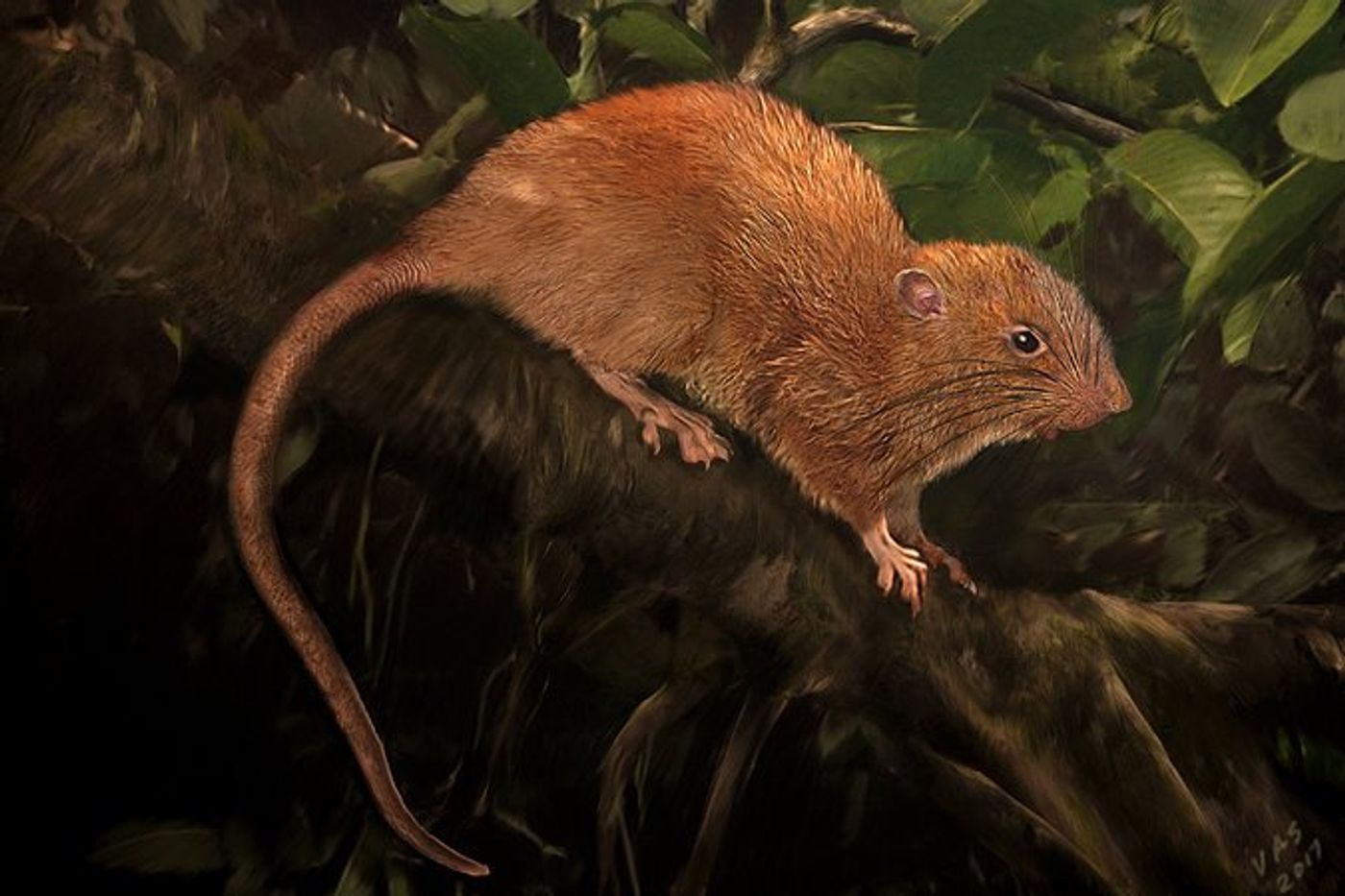Giant Coconut-Munching Rat Species Discovered on Solomon Islands
Locals living in the Solomon Islands have echoed stories about a massive, coconut-eating rat for ages. Animal experts, on the other hand, have searched the wilderness far and wide for the creature for years to no avail.
The rat was colloquially-dubbed “Vika” by the locals, and the closest that experts ever got to discovering one was when they found the coconut scraps often left behind after they used their razor-sharp teeth to gnaw through the shells. Fortunately, their luck would soon change.
Image Credit: Velizar Simeonovski/The Field Museum
Reporting in the Journal of Mammalogy, mammologist Tyrone Lavery and his colleague Hikuna Judge describe an instance in which they found one of these elusive rodents in the wild for the first time. After confirming its existence in the final half of 2015, the researchers agreed on the official name Uromys vika.
"As soon as I examined the specimen, I knew it was something different," Lavery said. "There are only eight known species of native rat from the Solomon Islands, and looking at the features on its skull, I could rule out a bunch of species right away.
"It's the first rat discovered in 80 years from Solomons, and it's not like people haven't been trying – it was just so hard to find," he continued.
Related: Researchers find a new giant rat species on Manus Island
Although discovering the rat in the flesh for the first time was undoubtedly an exhilarating experience for Lavery and Judge alike, it didn't come without a significant caveat. They happened upon the creature next to a fallen tree, and it appeared to have injuries related to the fall.
The circumstances aren’t too surprising given that these rats are tree-dwellers. They can grow tremendously large, surpassing a foot and a half in length, but their broad feet enable them to grip onto tree branches and evade predators.
Another telling feature that sets the Vika species apart from other rat species on the island is the tail, which unlike others, is both long and scaly.
The rat specimen the researchers discovered passed away from its injuries, but it was later preserved and sent off to a new home at the Queensland Museum in Australia, where it will remain for future scientific research.
What made the Vika so rare? – Logging efforts are probably the largest contributor, and it’s happening nearly everywhere in the region. The rats rely on trees to survive, and as more of them fall, the rodents struggle to blend in with the wild and evade predation.
Related: Rats smile with their ears, study finds
Because we now have evidence that the Vika still exists in the wild today, the authors of the study point out how essential it is that we administer conservation tactics to protect what's left, before it's too late.
If logging continues at the current rate, the newly-discovered rat species could meet extinction.
Source: New York Times









